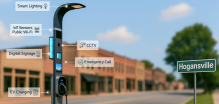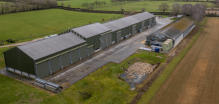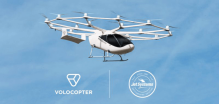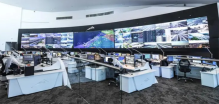A team of 30 researchers are endeavoring in high-tech laboratories at the Tokyo University of Science and are exploring new ways to keep humans alive on a prospective moon or mars colony. Mukai, now 66, embarked on two separate missions into space during her career and has spent over 500 hours in the next dimension.
According to the decorated pioneering astronaut, the Earth is simply too small for us. In a blog post, she said, "It's in our nature to explore. The Earth is too small for us, don't you think?"
Human space exploration is undoubtedly entering a new era, commercial ventures such as SpaceX which was created by South African entrepreneur Elon Musk has certainly caught the imagination of the public. In addition, US President Donald Trump has voiced his support for exploration projects on Mars.
Makai believes that it is a realistic ambition to create a colony on the moon, whilst Musk has said technology is evolving more rapidly now that it has ever done before and believes that eventually visiting space will become commercially viable for the vast majority of citizens.
Makai said, "It's very realistic to establish a colony on the moon by 2030. Humans need to think beyond the International Space Station, which is a campsite, you have to bring everything with you".
One of her team's revolutionary innovations is a unique food production system that uses liquid plasma that is created by passing high-voltage electricity through a saline solution. This has been shown to drastically reduce the damaging algae usually formed in water when growing crops - and tests simulating conditions in space have shown that potatoes can be grown quicker and more efficiently using this system.
The Space Colony Research Centre has also developed a system to create electricity using tiny thermoelectric sensors which is about the size of an iPod Nano that could be attached to a potential colony. The colony would be kept at comfortable room temperature, but outside it would vary between 130 degrees Celsius (266 Fahrenheit) during the day and -230 at night.


















